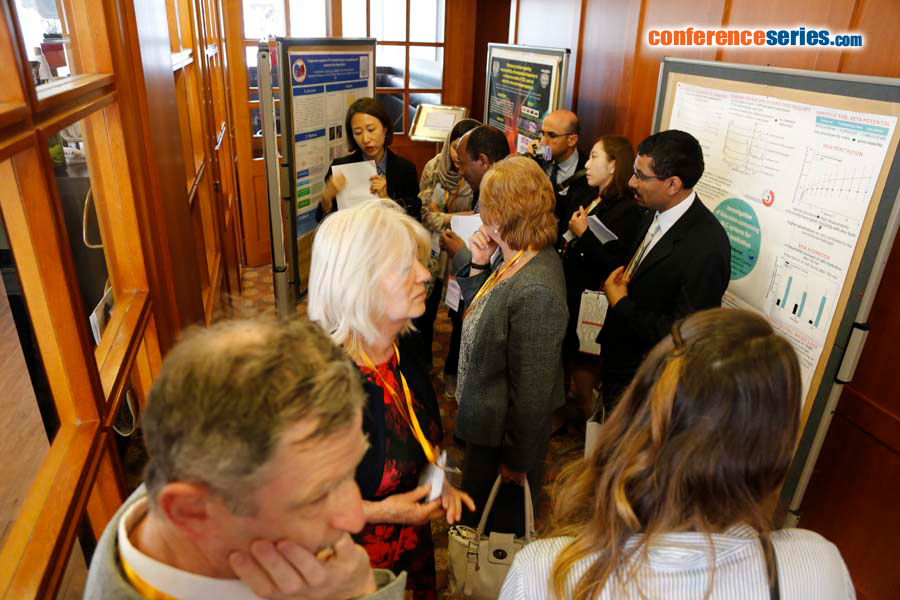
Dina Atmani-Kilani
University of Bejaia, Algeria
Title: Anti-myeloperoxidase activity of Clematis flammula ethanolic extract in two animal models: Gastric ulcer and recto-colitis
Biography
Biography: Dina Atmani-Kilani
Abstract
Gastric ulcer (GU) and recto colitis (RC) are prevalent diseases that can become chronic and fatal. Therapeutic strategies have to focus on the inflammatory character of both diseases, by reducing myeloperoxidase (MPO), an enzyme activated by infiltrated neutrophils. Reactive oxygen species (ROS) generated by this enzyme aggravate the ulcer symptoms. Clematis flammula (CF) leaves are widely used in Algeria to treat inflammatory-related disorders. The inhibition of this enzyme by CF ethanolic extract was tested in mice suffering from GC or RC, induced respectively by ethanol and intra-colon injection of acetic acid (3%). Our findings indicated that MPO activity was significantly (p<0.05) increased in ethanol-treated mice, indicating infiltration and activation of neutrophils in the acute ulcerated gastric mucosa, while pre-treatment with CF (25, 50, and 100 mg/kg) as well as the drug pantoprazole (40 mg /kg) led to a marked (pË‚0.05) decrease in MPO activity, compared to the control group with respective values of 16.06±4.13, 6.92±0.68, 6.13±0.74, and 65.40±9.67 U/g tissue, indicating that CF significantly repressed MPO activity at the site of inflammation (ulcer). On the other hand, concerning RC, the administration of CF ethanolic extract attenuated the MPO activity with 38.11±7.61, 25.85±4.39 and 14.35±7.50 U/g tissue at concentrations of 25, 50 and 100 mg/kg, respectively. The known anti-RC drug sulfasalazine (100 mg/kg) was significantly less effective (47.62±4.05 U/g of tissue) than the extract. Histologic analysis has confirmed our results, which validates the use of this plant for ulcer conditions especially for RC.


